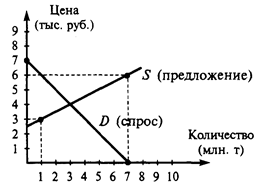Introduction.
Erik Erikson
PART - 1 Introduction...................................................................................................................... 3 PART - 2 Principles & Theories....................................................................................................... 5
The Epigenetic Principle...................................................................................................... 5 Stages of Development....................................................................................................... 6 Stage One............................................................................................................................ 7 Stage Two............................................................................................................................ 7 Stage Three.......................................................................................................................... 8 Stage Four........................................................................................................................... 8 Stage Five............................................................................................................................ 9 Stage Six.............................................................................................................................. 9 Stage Seven....................................................................................................................... 10 Stage Eight........................................................................................................................ 10
PART - 3 Psychology In The Workplace........................................................................................ 11
Introduction
One of the most influential psychoanalysts of the 20th century, Erik Erikson was born on June 15, 1902, in Frankfurt-am-Main, Germany. After completing high school, he moved to Florence to pursue his interest in art, and in 1927 became an art teacher at a psychoanalytically enlightened school for children started by Dorothy Burlingham and Anna Freud in Vienna.
Erikson's best known work is his theory that each stage of life is associated with a specific psychological struggle, a struggle that contributes to a major aspect of personality. His developmental progression-from trust to autonomy, initiative, industry, identity, intimacy, generativity, and integrity-was conceived as the sequential reorganization of ego and character structures. Each phase was the potential root of later health and pathology.
Erikson's fieldwork among the Yurok and Sioux demonstrated the powerful influence of culture. His synthesis of biological, psychological, and social perspectives signaled a revolution in human development and set the stage for today's increasingly accepted view of development as a bio-psychosocial process.
Another major contribution of Erikson's work is the notion that personality is shaped over the life span, which implies that experiences later in life can heal or ameliorate problems in early childhood. Erikson believed that we continually have the opportunity to restructure our identity images to attain a sense of confidence in the continuity of the self, which is matched by a consistency of one's meaning to others.
|







